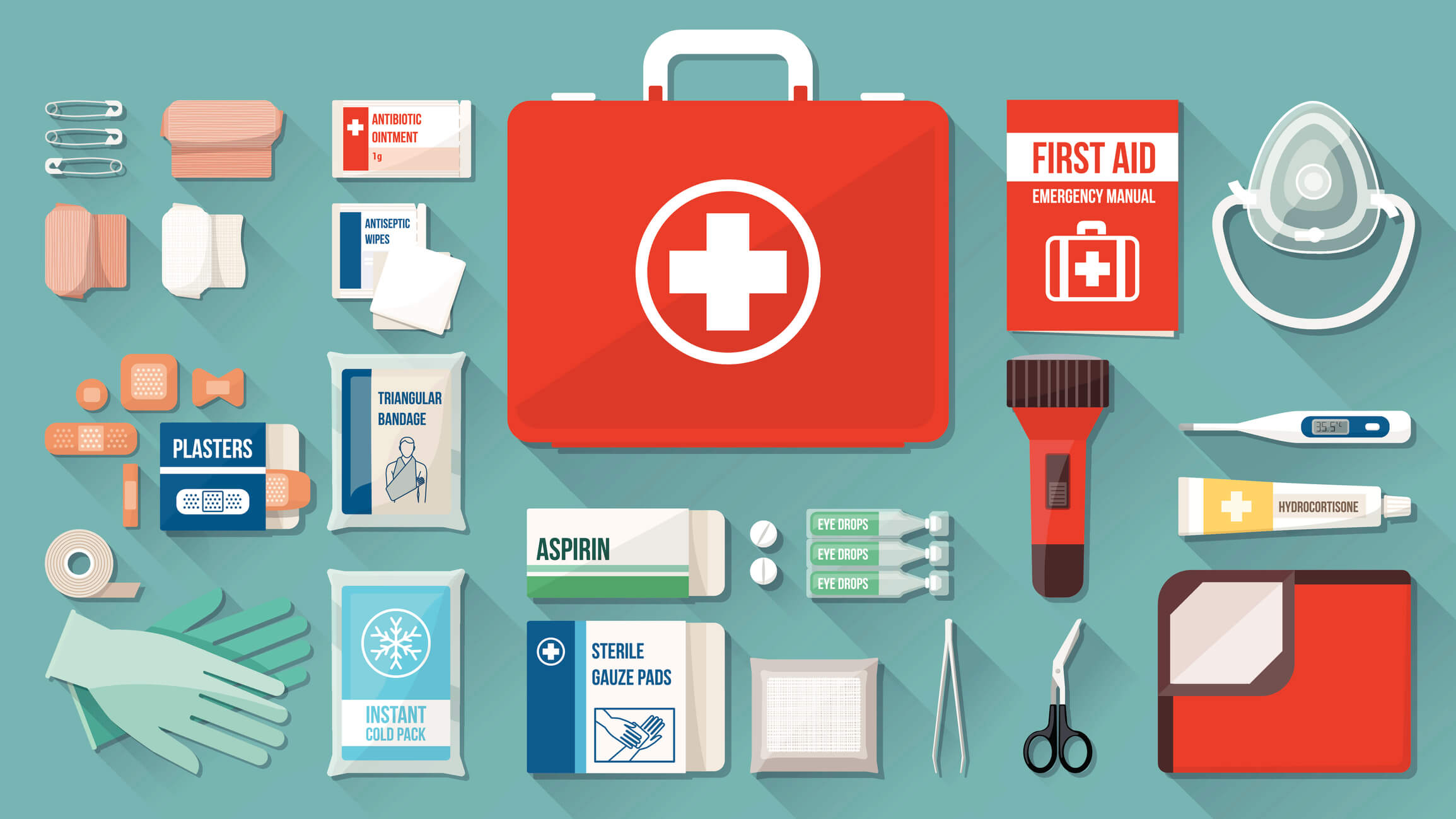
Emergency medical nursing equipment isn’t just for nurses working in emergency rooms or on ambulances. A pediatric nurse working at a sleepy family practice may suddenly be confronted with a choking patient. A midwife at a birthing center may have to revive a neonate or treat a catastrophic hemorrhage.
This makes it important to regularly train emergency scenarios because they may not get daily practice. But the right training requires the right equipment, stored in an accessible location.
Preparedness is your best weapon against preventable morbidity and mortality. Here are the items you need to have in your emergency nursing equipment kit.
Medications
Your emergency nursing equipment kit must include a wide range of emergency medications. The specific list depends partially on the type of patient you treat, but in general should include:
- Medication to stop a postpartum hemorrhage, such as Pitocin.
- Anticoagulants and thrombolytics.
- Treatment for anaphylaxis, such as epinephrine.
- Medication to lower blood pressure, such as magnesium.
- Pain and numbing agents, such as NSAIDs, morphine, and lidocaine.
- Emergency cardiac drugs such as aspirin, nitroglycerin, atropine, and heparin.
- Fast-acting anti-anxiety and anti-psychotic drugs for patients who are anxious or experiencing psychosis.
Review practice guidelines for your patient population, as there may be numerous additional medications you need to include.
First Aid Supplies
Nurses need to have basic first aid supplies such as sterilizing equipment, bandages, gauze, and antibiotic ointment. But because the extent of first aid you provide is much broader, you’ll need equipment for emergency interventions, including invasive emergency procedures. First aid supplies you should add to your kit includes:
- Scalpels in various sizes
- Forceps in various sizes
- A stethoscope
- A blood pressure monitor
- A glucose testing kit
- A thermometer
- Saline flushes
- Neonatal care equipment, such as suction bulbs and a blanket
Airway Management
Airway management is a critical, and oft-neglected, aspect of nursing care. You must be prepared to expertly handle a range of respiratory emergencies, so you should have:
- An emergency suction machine
- Catheters in a variety of shapes and sizes
- Oxygen
- Tubing and extra oxygen masks
Patient Transport
You must be prepared to safely transport patients of all sizes and needs. For patient transport, be sure to have:
- Wheelchairs
- Walkers
- Stretchers
- Smaller stretchers for children and infants
- Larger stretchers for heavier patients
- Support and lifting equipment
- Crutches
It is also a good idea to have a plan for moving patients who are immobile, and to regularly train in the use of transport equipment—especially for larger patients, unstable patients, or patients for whom movement presents a danger.
Personal Protective Equipment
Personal protective equipment is critical to protecting your patients, your colleagues, and yourself. Even if you have a COVID-19 vaccination, don’t get complacent. Your patients may not have been vaccinated, and COVID-19 is far from the only pathogen they may carry. To protect yourself and others, be sure to have:
- Surgical masks
- N95 face masks
- Face shields
- Gloves, including non-latex gloves
- Alcohol-based sanitizer
- Disinfecting wipes
- Surgical gowns
- Shoe covers
Injection and IV Supplies
The right injection can save a patient’s life, so you must be prepared to quickly give IV infusions and injections. Your kit should include:
- Alcohol pads
- IV bags
- IV tubing
- Saline
- Various syringes and needles
- Numbing equipment for giving injections to children and people with needle phobia
When you’re treating emergency patients in life-or-death situations, seconds count. There may not be time to transport the patient to a different facility, move them to another area of the hospital, or find a wall-mounted suction unit.
Portable emergency suction allows you to treat patients wherever they are, without needless viral exposure or treatment delays. For help selecting the right device for your agency, download our free ebook, The Ultimate Guide to Purchasing a Portable Emergency Suction Device.
Editor's Note: This blog was originally published in May 2021. It has been re-published with additional up to date content.
















